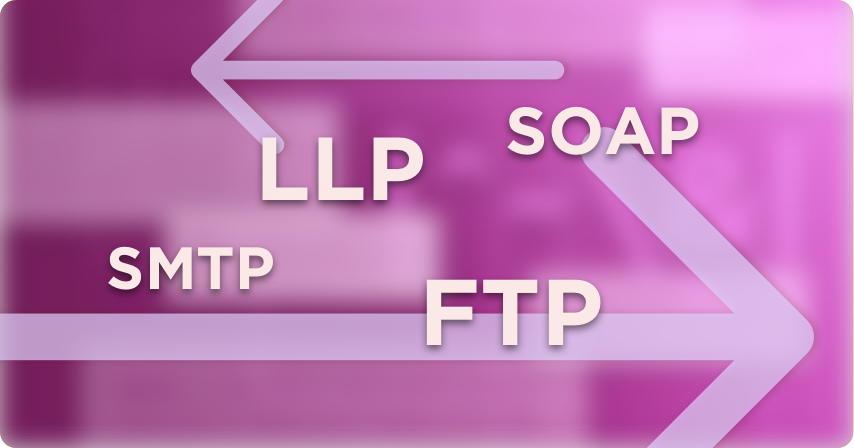HL7 Transport Methods: Challenges
HL7 messages can be sent over a variety of transport protocols including LLP, FTP, SOAP and SMTP. If you are looking to send and receive HL7 messages, you may need an integration engine that supports data exchange regardless of what specific transport protocols the endpoints are designed to accept.
How does Iguana support HL7 Transport Methods?
Developed by iNTERFACEWARE, Iguana is a data integration platform, and the only tool you need to send HL7 data over any transport protocol quickly and reliably. Use Iguana’s pre-built components to configure an LLP client or server for real-time data transfer, use HTTP, read from flat files, or connect to a database. It also has a built-in scripting environment if you need to set up a more complex transport protocol for a custom workflow.
Regardless of the transport protocols you are working with, Iguana enables you to exchange HL7 messages to connect your entire healthcare ecosystem.

